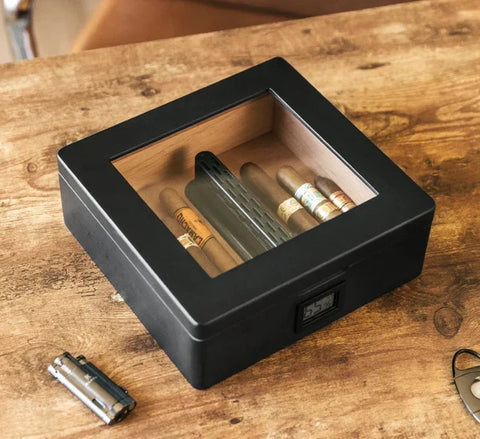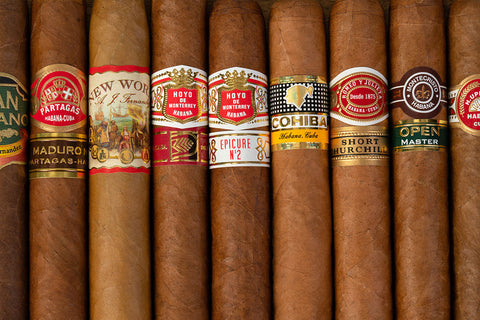When it comes to cigars, Cuban cigars have an almost mythical status. They are often considered the gold standard, the benchmark of quality and tradition. But what exactly makes Cuban cigars different from their non-Cuban counterparts? And does that mean non-Cuban cigars aren’t worth your time or money? Let’s break it down.
1. The Origin Story: Where Are They From?
Cuban cigars are, of course, grown and made in Cuba — specifically from the famous Vuelta Abajo region, known worldwide for its perfect climate and soil for tobacco cultivation. The island’s unique terroir gives Cuban tobacco its distinctive aroma, flavor, and character.
Non-Cuban cigars come from many countries: the Dominican Republic, Nicaragua, Honduras, Mexico, and even the United States. Each of these regions has its own growing conditions and tobacco traditions, creating cigars with their own unique profiles.
2. The Tobacco Leaf: Cuban vs. Non-Cuban
-
Cuban Tobacco: Known for its rich, earthy, and often spicy flavors, Cuban tobacco is dense and oily. The plants are grown in mineral-rich soil, which imparts complex flavors that many aficionados treasure.
-
Non-Cuban Tobacco: Countries like Nicaragua produce tobacco that is often more robust and peppery, while the Dominican Republic tends to grow lighter, milder leaves. Honduran and Mexican tobaccos add their own nuances to the cigar world.
3. The Production Process
Cuban cigars are typically hand-rolled by expert torcedores in Cuba’s state-controlled factories, using traditional techniques passed down for generations. The Cuban government regulates every step of the process, ensuring consistency and quality.
Non-Cuban cigars also involve expert craftsmanship, but production varies widely by brand and country. Some use state-of-the-art facilities, while others are handmade by skilled rollers in family-run factories. The variation can lead to a broader range of flavors and price points.
4. The Flavor Profiles
-
Cuban cigars: Tend to have medium to full body with complex earthy, woody, and sometimes slightly sweet or spicy notes. They’re famous for their smooth yet rich smoking experience.
-
Non-Cuban cigars: The flavor spectrum is wider—mild, medium, or full-bodied—depending on the blend. Some smokers prefer the boldness of Nicaraguan cigars, while others favor the creamy smoothness of Dominican cigars.
5. Availability and Legal Status
Due to the longstanding embargo, Cuban cigars are not legally sold in the United States. This has led to a booming market for non-Cuban cigars there, often with very high quality and competitive pricing.
Outside the U.S., Cuban cigars are readily available and considered a luxury item.
6. Price and Prestige
Cuban cigars are often more expensive due to their reputation, limited availability, and the cost of importation. Non-Cuban cigars can offer great value, with many boutique brands producing outstanding products that rival or surpass Cuban cigars in quality.
Final Thoughts
At the end of the day, the best cigar depends on your personal taste, budget, and occasion. Cuban cigars offer a rich heritage and unique flavor that’s hard to replicate, but non-Cuban cigars provide an incredible variety and innovation that should not be overlooked.
If you want to explore the world of cigars, don’t limit yourself. Try Cuban and non-Cuban blends side by side and discover what truly excites your palate.





